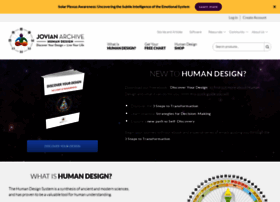
But give it another 10 million years, and this planet might not be there.” “In our lifetime we will not see the planet fall into its star. “In one or two years, if we are lucky, we may be able to detect how the planet moves closer to its star,” says Ian Wong, lead author of the discovery, who was a postdoc at MIT during the study and has since moved to NASA Goddard Space Flight Center. The discovery, which was made initially by NASA’s Transiting Exoplanet Survey Satellite (TESS), an MIT-led mission, presents a unique opportunity for astronomers to study how planets behave as they are drawn in and swallowed by their star. Its extremely short orbit is predicted to cause the planet to spiral toward its star faster than other hot Jupiters. Judging from its properties, astronomers believe that TOI-2109b is in the process of “orbital decay,” or spiraling into its star, like bathwater circling the drain. This makes the planet, designated TOI-2109b, the second hottest detected so far.

The planet’s orbit is the shortest of any known gas giant to date.ĭue to its extremely tight orbit and proximity to its star, the planet’s day side is estimated to be at around 3,500 Kelvin, or close to 6,000 degrees Fahrenheit - about as hot as a small star. Now, astronomers have discovered one of the most extreme ultrahot Jupiters - a gas giant that is about five times Jupiter’s mass and blitzes around its star in just 16 hours. But exactly how these weighty whirlers came to be remains one of the biggest unsolved mysteries in planetary science. Scientists have discovered about 400 hot Jupiters to date. These extrasolar planets are a veritable menagerie, from rocky super-Earths and miniature Neptunes to colossal gas giants.Īmong the more confounding planets discovered to date are “hot Jupiters” - massive balls of gas that are about the size of our own Jovian planet but that zing around their stars in less than 10 days, in contrast to Jupiter’s plodding, 12-year orbit.

The hunt for planets beyond our solar system has turned up more than 4,000 far-flung worlds, orbiting stars thousands of light years from Earth.


 0 kommentar(er)
0 kommentar(er)
